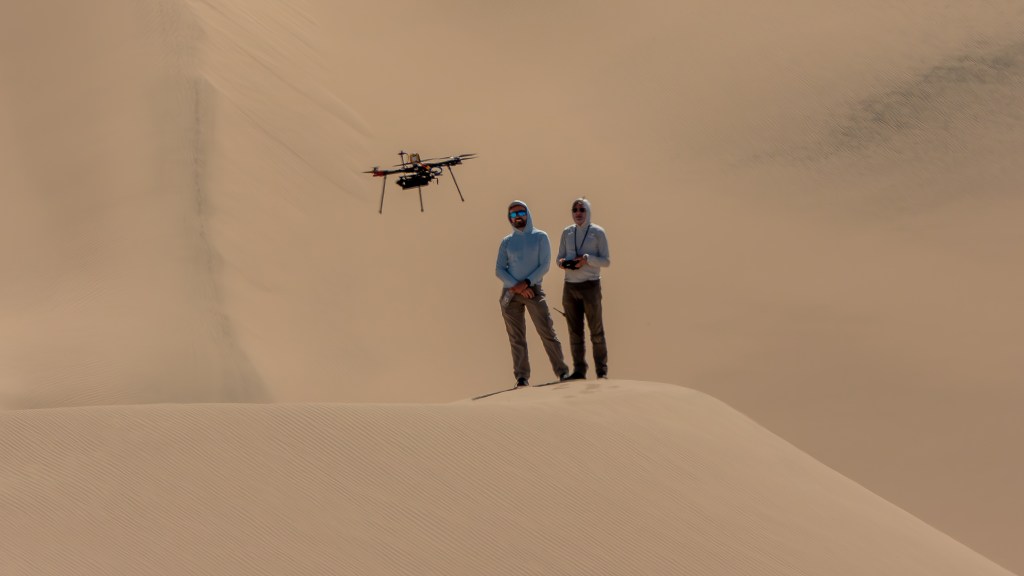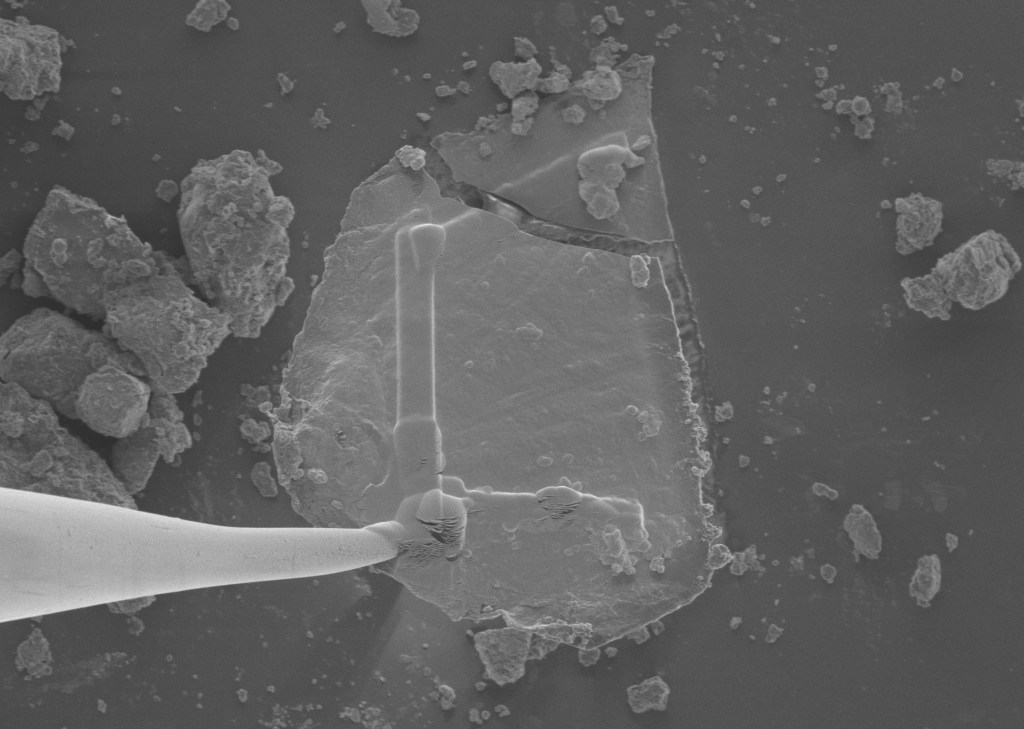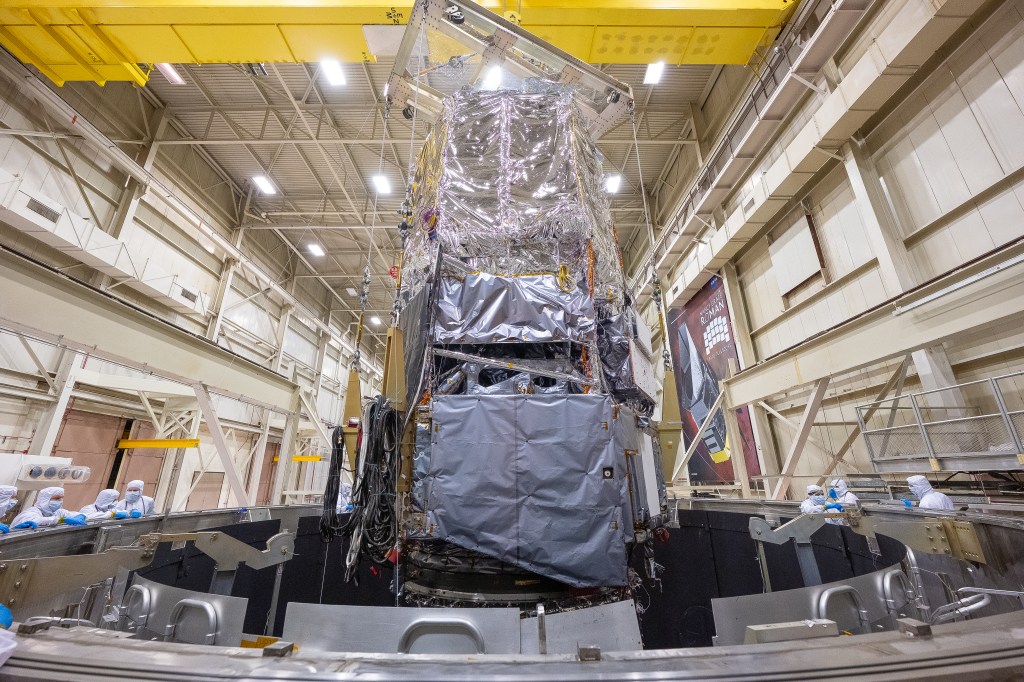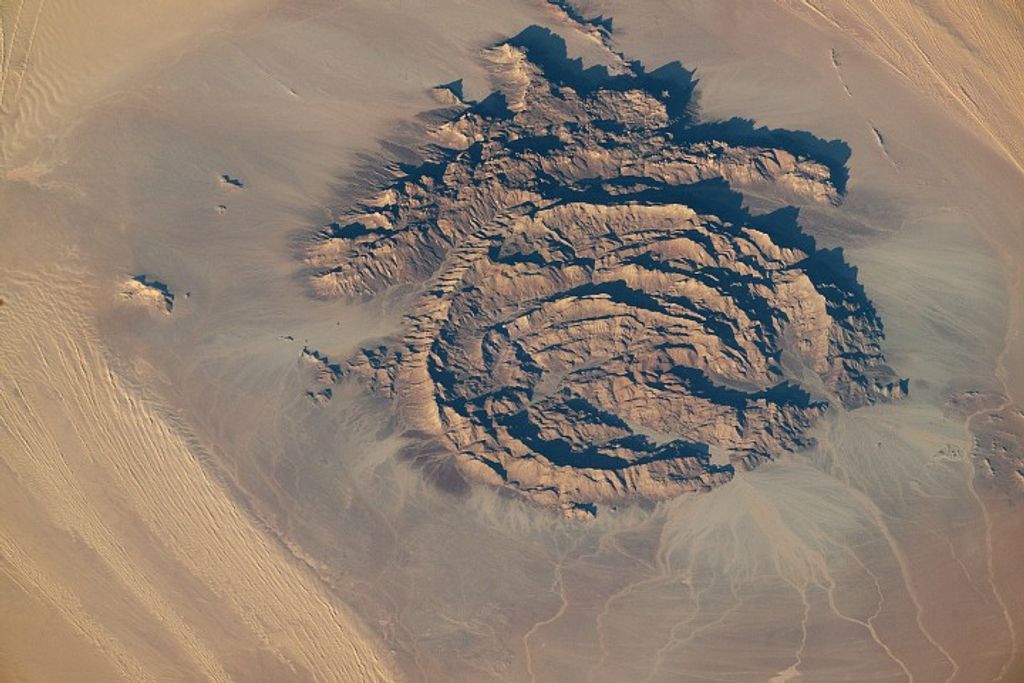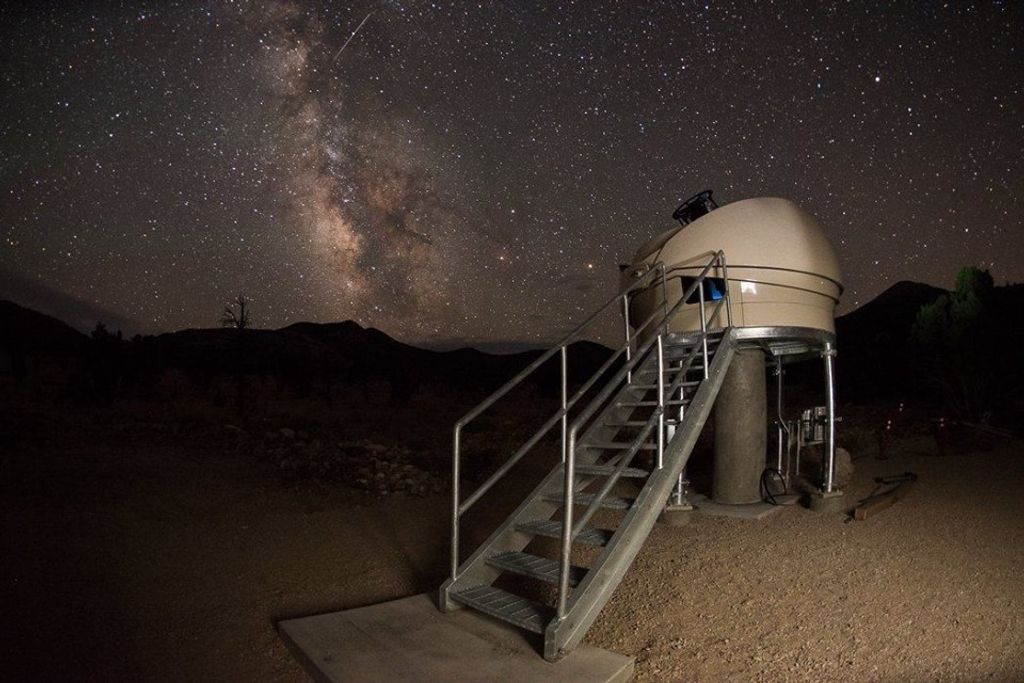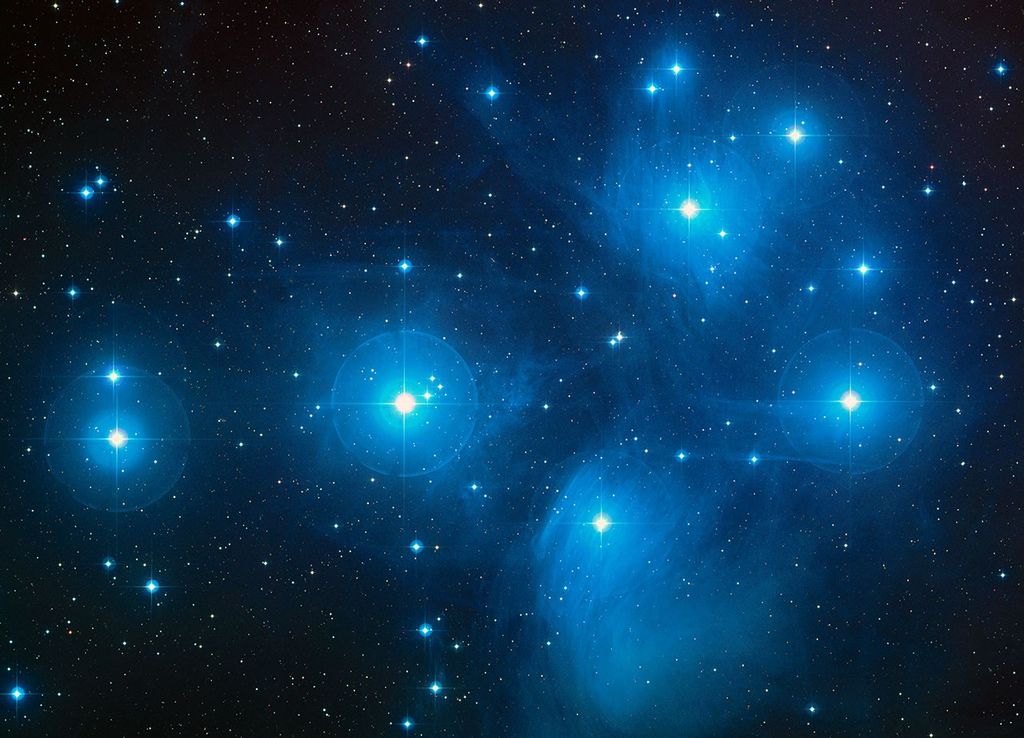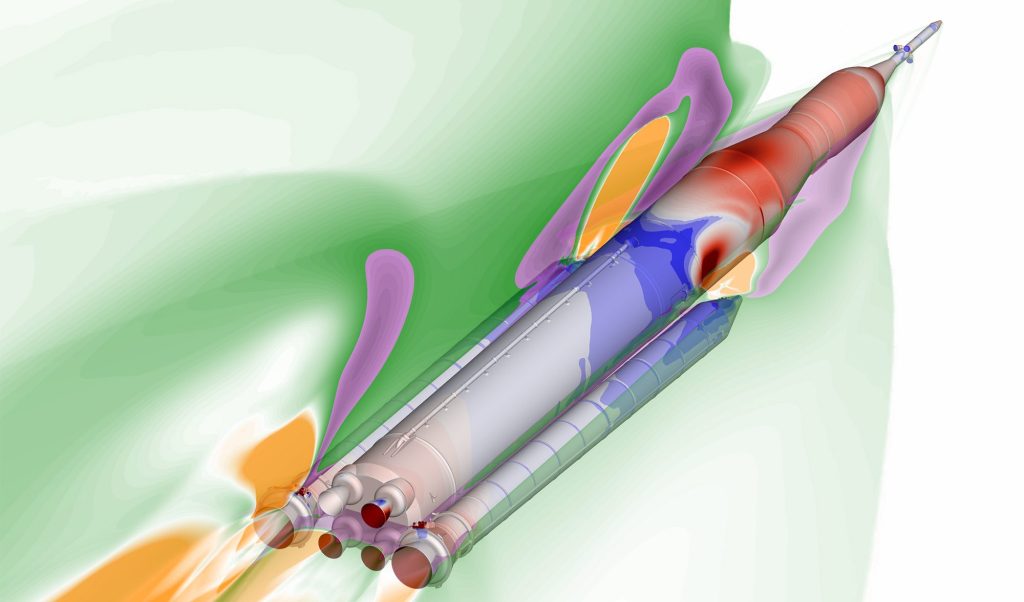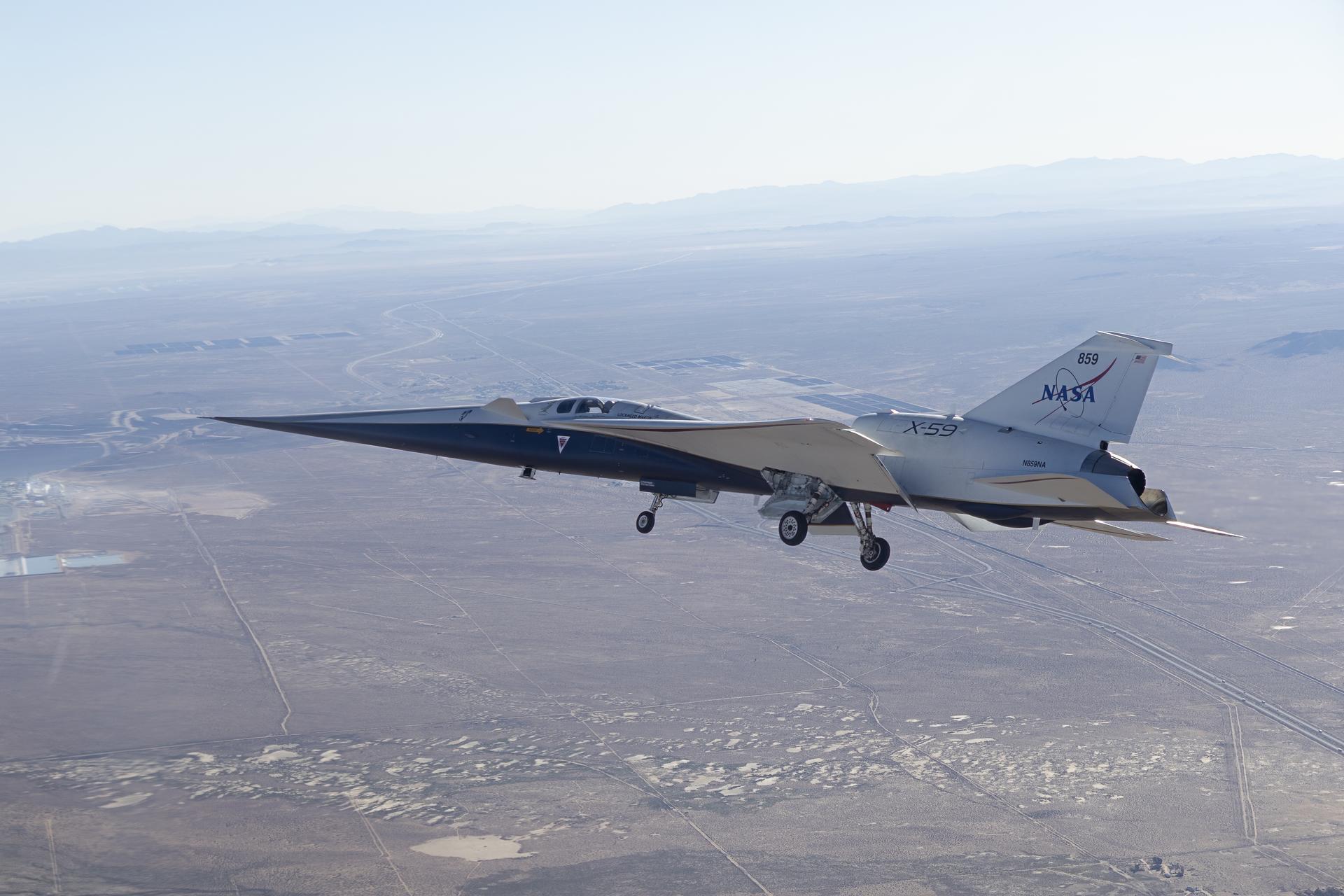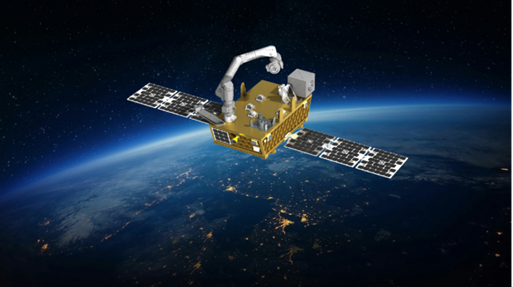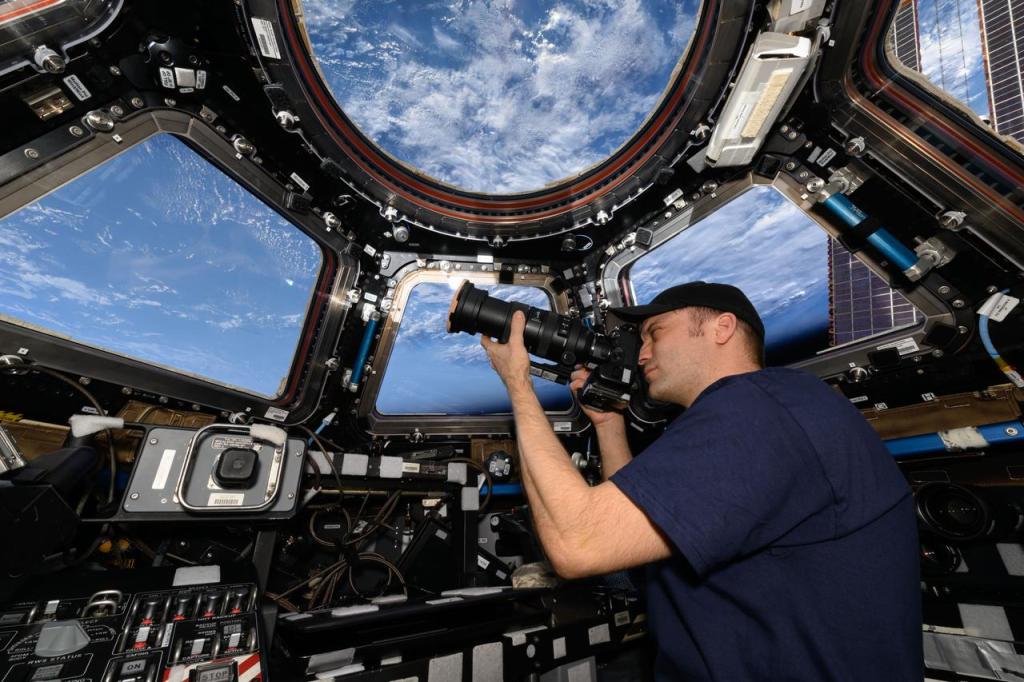1 min read
The Doomed Star Eta Carinae

A huge, billowing pair of gas and dust clouds are captured in this stunning NASA Hubble Space Telescope image of the supermassive star Eta Carinae.
Using a combination of image processing techniques (dithering, subsampling and deconvolution), astronomers created one of the highest resolution images of an extended object ever produced by the Hubble Space Telescope. The resulting picture reveals astonishing detail.
Even though Eta Carinae is more than 8,000 light-years away, structures only 10 billion miles across (about the diameter of our solar system) can be distinguished. Dust lanes, tiny condensations, and strange radial streaks all appear with unprecedented clarity.
Eta Carinae was observed by Hubble in September 1995 with the Wide Field Planetary Camera 2 (WFPC2). Images taken through red and near-ultraviolet filters were subsequently combined to produce the color image shown. A sequence of eight exposures was necessary to cover the object's huge dynamic range: the outer ejecta blobs are 100,000 times fainter than the brilliant central star.
Eta Carinae was the site of a giant outburst about 150 years ago, when it became one of the brightest stars in the southern sky. Though the star released as much visible light as a supernova explosion, it survived the outburst. Somehow, the explosion produced two polar lobes and a large thin equatorial disk, all moving outward at about 1.5 million miles per hour.
The new observation shows that excess violet light escapes along the equatorial plane between the bipolar lobes. Apparently there is relatively little dusty debris between the lobes down by the star; most of the blue light is able to escape. The lobes, on the other hand, contain large amounts of dust which preferentially absorb blue light, causing the lobes to appear reddish.
Estimated to be 100 times more massive than our Sun, Eta Carinae may be one of the most massive stars in our Galaxy. It radiates about five million times more power than our Sun. The star remains one of the great mysteries of stellar astronomy, and the new Hubble images raise further puzzles. Eventually, this star's outburst may provide unique clues to other, more modest stellar bipolar explosions and to hydrodynamic flows from stars in general.
About the Object
- R.A. PositionR.A. PositionRight ascension – analogous to longitude – is one component of an object's position.10h 45m 3.59s
- Dec. PositionDec. PositionDeclination – analogous to latitude – is one component of an object's position.-59° 41' 4.26"
- ConstellationConstellationOne of 88 recognized regions of the celestial sphere in which the object appears.Carina
- DistanceDistanceThe physical distance from Earth to the astronomical object. Distances within our solar system are usually measured in Astronomical Units (AU). Distances between stars are usually measured in light-years. Interstellar distances can also be measured in parsecs.10,000 light-years (3,100 parsecs)
About the Data
- Data DescriptionData DescriptionProposal: A description of the observations, their scientific justification, and the links to the data available in the science archive.
Science Team: The astronomers who planned the observations and analyzed the data. "PI" refers to the Principal Investigator.Investigating Team: Kris Davidson (University of Minnesota), Bruce Balick (University of Washington), Dennis Ebbets (Ball Aerospace), Adam Frank (University of Minnesota), Fred Hamann (University of California - San Diego), Roberta Humphreys (University of Minnesota), Sveneric Johansson (Lund Observatory), Jon Morse (University of Colorado), Nolan Walborn (Space Telescope Science Institute), Gerd Weigelt (Max Planck Inst. for Radio Astronomy, Bonn), and Richard White (Space Telescope Science Institute)
- InstrumentInstrumentThe science instrument used to produce the data.HST>WFPC2
- Exposure DatesExposure DatesThe date(s) that the telescope made its observations and the total exposure time.September 1995
- Object NameObject NameA name or catalog number that astronomers use to identify an astronomical object.Eta Carinae
- Object DescriptionObject DescriptionThe type of astronomical object.Variable Star
- Release DateJune 10, 1996
- Science ReleaseDoomed Star Eta Carinae
- CreditJon Morse (University of Colorado), and NASA
Related Images & Videos

Furious Expansion of Eta Carinae Debris
The furious expansion of a huge, billowing pair of gas and dust clouds are captured in this NASA Hubble Space Telescope comparison image of the supermassive star Eta Carinae. To create the picture, astronomers aligned and subtracted two images of Eta Carinae taken 17 months...

Exploding Star Eta Carinae, Seen in Three Dimensions
This is a unique three-dimensional image of the star Eta Carinae, with its twin lobes and equatorial disk of expanding dust and gas. The picture, taken with the Hubble Space Telescope, was assembled from two images of Eta Carinae take 17 months apart (April 1994, September...
Share
Details
Claire Andreoli
NASA’s Goddard Space Flight Center
Greenbelt, Maryland
claire.andreoli@nasa.gov

